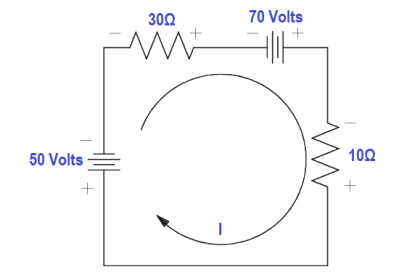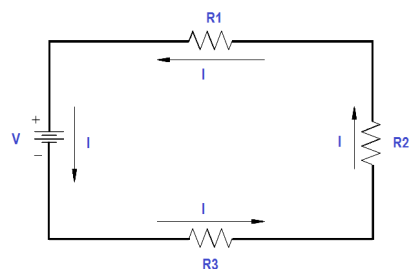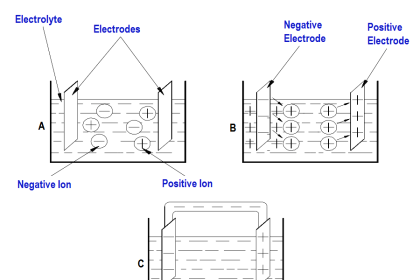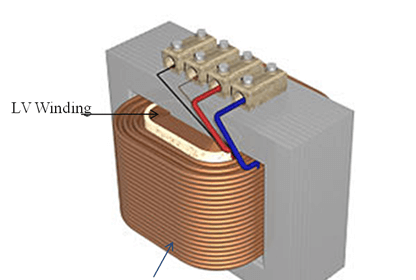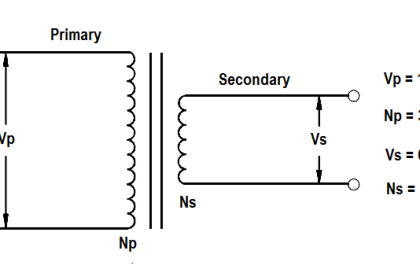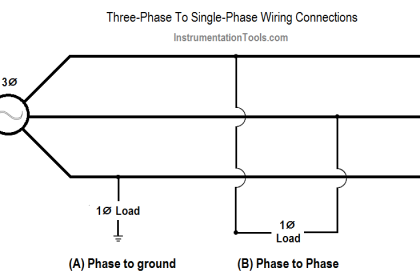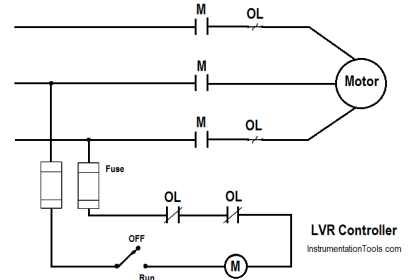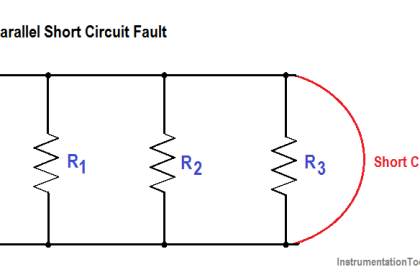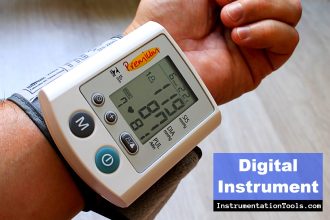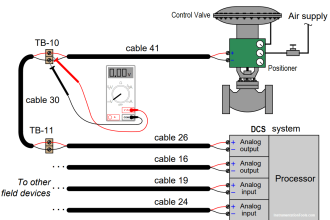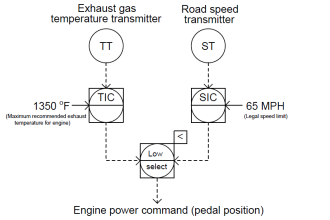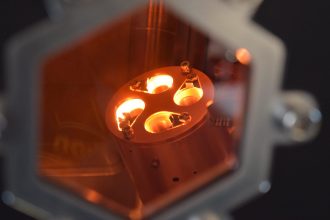Maximum power is transferred from one circuit to another through a transformer when the impedances are equal, or matched.
A transformer winding constructed with a definite turns ratio can perform an impedance matching function.
The turns ratio will establish the proper relationship between the primary and secondary winding impedances.
The ratio between the two impedances is referred to as the impedance ratio and is expressed by using below Equation.
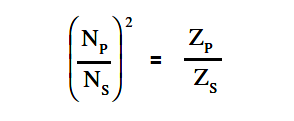
Another way to express the impedance ratio is to take the square root of both sides of above Equation. This puts the ratio in terms of the turns ratio, which is always given for a transformer.
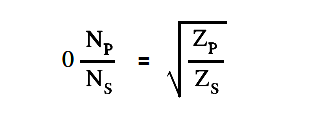
where
NP = number of turns in the primary
NS = number of turns in the secondary
ZP= impedance of primary
ZNS= impedance of secondary
